HEBREW IS GREEK ARABIC PHOENICIAN CHEROKEE
/ / / / / / / ○ \ \ \ \ \ \ \
Hebrew vocabulary, grammar, and numerical values (gematria) are based on Hellenic Greek and Arabic, the vocalization of letters is based on phonetics of Phoenician alphabet, and the Hebrew characters are based on Cherokee script aka Paleo Hebrew.
"Hebrew is Greek
By
Joseph Ezekiel Yahuda (Becket Publications Oxford, 1982, ISBN 0-7289-0013-0
Joseph Ezekiel Yahuda was a lawyer, freelance author and professor of Hebrew linguistics. He was born in Jerusalem on July 29, 1900. He was the son of Isaac Benjamin Ezekiel Yahuda, a researcher and linguist. In 1982, he published a book entitled Hebrew is Greek, , in which he proposed the theory that the Hebrew and Arabic languages come from the Greek.
https://archive.org/details/Hebrew.is.Greek
Joseph Ezekiel Yahuda , eminent lawyer in London, professor of the Hebrew language at the Jewish school of Tangier. Jew by ethnicity and the religion, knowing perfectly by heart the Old Testament, ancient and new Hebrew, half of the Koran by heart, ancient and new Arabic, French, English, Latin.
For 30 years the genius researcher compared the 3 languages, until he published in 1982 in London a book of 680 pages entitled HEBREW IS GREEK and Arabic, which for reasons of economy he did not include in the title.
After his contact with the Greek words it was decided to do a comparative research of the related languages Hebrew and Arabic to the Homeric Greek, which was examined. For 30 years the genius researcher compared the 3 languages, until he published in 1982 in London (Becket Publications Oxford, 1982, ISBN 0-7289-0013-0) a book of 680 pages entitled HEBREW IS GREEK (Greek)
The book is prefaced by the Jewish Professor of Ancient Languages at New York University (since 1962) Saul Levin. The author J. Yahuda argues that Overwhelming evidence proves conclusively that Biblical Hebrew is camouflaged Greek in grammar as well as vocabulary, the difference between them it's a matter of pronunciation. So much so that Hebrew cannot be properly understood except through Greek (generally the difference between them is a matter of pronunciation" ...
Via fb Phoenician history group
https://www.facebook.com/share/v/QDTeCZF2nXsHK9x7/
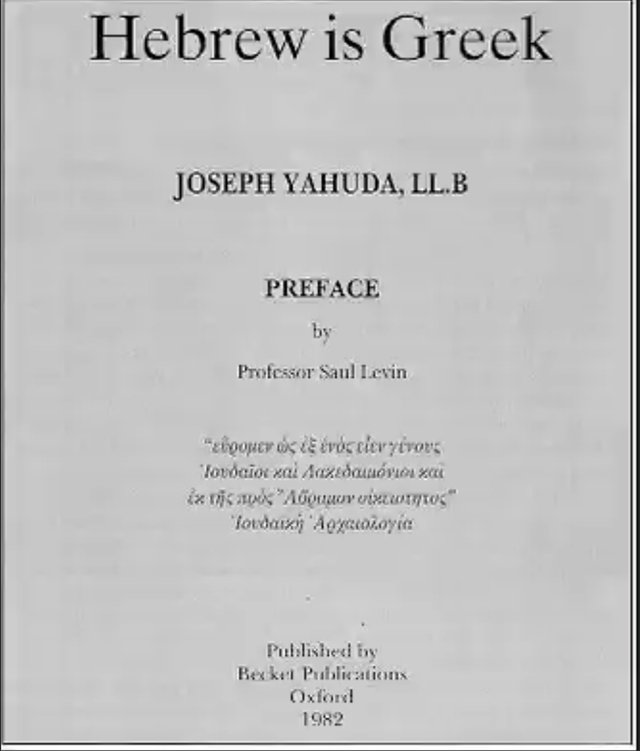
SUPPLEMENTARY
/ / / / / / / ○ \ \ \ \ \ \ \
H E B R E W $ I V R I × I N R I
I agree with Dan Maklelan that Hebrew comes from Ivri which means to cross over, from the other side, a name given to / taken by people who have crossed, a body of water for example, a river, a sea, or an ocean. There is a North African term ibri that means the same. These peoples have then migrated to Iberian Peninsula, Iberia is thus named after them. Here is where Sephardic Jews originate. From there some of them have moved to Ireland.
Thus the language they have developed was done so as a code that only they knew how to speak in order to keep trade, military whatever secrets, by some of the ancient Indo-Aryan tribes who became called Ivri, those who have crossed over and speak Hebrew, as it was based on Cherokee alphabet along with Phoenician vocalization and Greek vocabulary and gematria.
The hapiru is Egyptian word for worker, thus it is possible that some of them have joined a group who have crossed over to the other side however the origins of the word Hebrew is, I think, rooted in the crossing over and not a worker, albeit it could have been understood as the language of workers who have crossed over, would it be Euphrates, Jordan and/or Atlantic ocean. Very specific name for particular peoples.
To farther investigate where the ancient Hebrews came from, before becoming 18th dynasty of Egypt, Macedonian, Ptolemaic, North European Vikings, Dans, Polish, Ango-Saxons, Khazarians, British whatnot, we have to look at migration of people and languages prior all that expansion. Wikipedia is a good starting point of our research.
"Foreigners from the north are believed to have migrated to India and settled in the Indus Valley and Ganges Plain from 1800-1500 BCE. The most prominent of these groups spoke Indo-European languages and were called Aryans, or “noble people” in the Sanskrit language."
"These migrations started approximately 1,800 BCE, after the invention of the war chariot, and also brought Indo-Aryan languages into the Levant and possibly Inner Asia. Another group of Indo-Aryans migrated further westward and founded the Mitanni kingdom in northern Syria; (c. 1500–1300 BC) the other group was the Vedic people. Christopher I. Beckwith suggests that the Wusun, an Indo-European Caucasoid people of Inner Asia in antiquity, were also of Indo-Aryan origin.
The Proto-Indo-Iranians, from which the Indo-Aryans developed, are identified with the Sintashta culture (2100–1800 BCE), and the Andronovo culture, which flourished ca. 1800–1400 BCE in the steppes around the Aral Sea, present-day Kazakhstan, Turkmenistan, and Uzbekistan. The Proto-Indo-Aryan split off around 1800–1600 BCE from the Iranians, moved south through the Bactria-Margiana Culture, south of the Andronovo culture, borrowing some of their distinctive religious beliefs and practices from the BMAC, and then migrated further south into the Levant and north-western India."
So, in case you didn't catch it, here we have reference to the Mitanni kingdom, very important in this story for the same people are the Medians and Midians, as well as Hurrians, Hittites and Hatties, whom they have conquered and assimilated.
"The Hurrians were in the region as of the late 3rd millennium BC. A king of Urkesh with a Hurrian name, Tupkish, was found on a clay sealing dated c. 2300 BC at Tell Mozan. The first recorded inscription of their language was of Tish-atal (c. 21st century BC), king of Urkesh. Later on, Hurrians made up the main population of Mitanni, that was firstly known as Ḫabigalbat, at Babylonia, in two texts of the late Old Babylonian period, during the reign of Ammi-Saduqa, (c. 1638–1618 BC), in low middle chronology.
The Mitanni Empire was a strong regional power limited by the Hittites to the north, Egyptians to the west, Kassites to the south, and later by the Assyrians to the east. At its maximum extent Mitanni ranged as far west as Kizzuwatna by the Taurus Mountains, Tunip in the south, Arraphe in the east, and north to Lake Van. Their sphere of influence is shown in Hurrian place names, personal names and the spread through Syria and the Levant of a distinct pottery type, Nuzi ware."
They were ancient metal workers smelting copper and mining turquoise at Sinai desert and trading it with Summer and Egypt, who have taken over the ancient trade routes through Canaan's Mediterranean sea coast managed by Phoenicians and Philistines. According to one entymology, the word Canaan in Phoenician means the land of merchants. Basically they came, they saw, the conquered. Took over the business and culture for tgat matter. It became their modus operandi, assimilation of the cultures, people, they have conquered and enslaved. Henceforth becoming main slave owners and traders. The rest is literally their history, scientism, religions, politicians, heroes, stars, et al.
The Romans during Jewish revolt in Levant (1st c. CE) have renamed the Canaan Levant region from informal Judea, that was already after the assimilation by them of the Uttah's Utes / Uttai tribe (Judah 《 Utah) of North Western Americas becoming Hebrew (Cherokee) Judeans (Utes), to Palestine, in spite of the Jews, after the original black natives, the remnants of whom reportedly are living in a ghetto at Gaza called 'Slaves'. I kid you not. That is what I know about it from other sources however I cannot confirm this as of yet. Nonetheless the Hebrews who have taken over that region have adopted Canaanite religion and traditions the remnants of which are present in the Old Testament bible if one knows where and how to look for it, El Elyon with his Asherah at right side, who became grapevines, groves, etc., which is another story and article, that am pretty sure is already written and published on my steemit blog. So long.
Wikipedia: Indo-Aryan_peoples, Hurrians
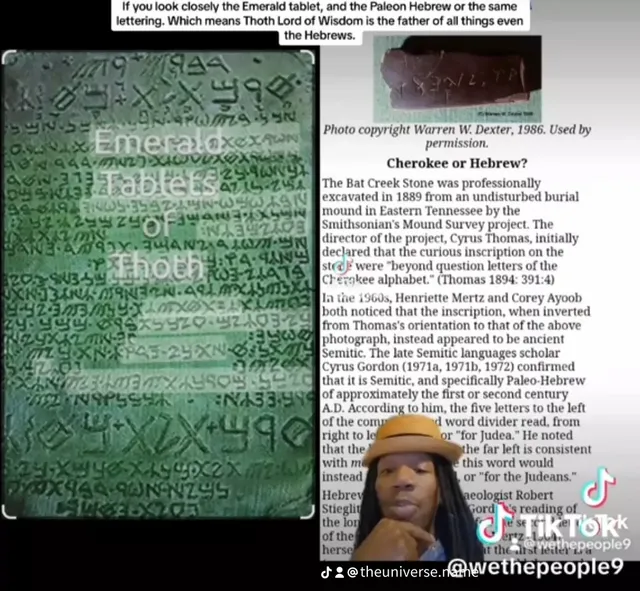
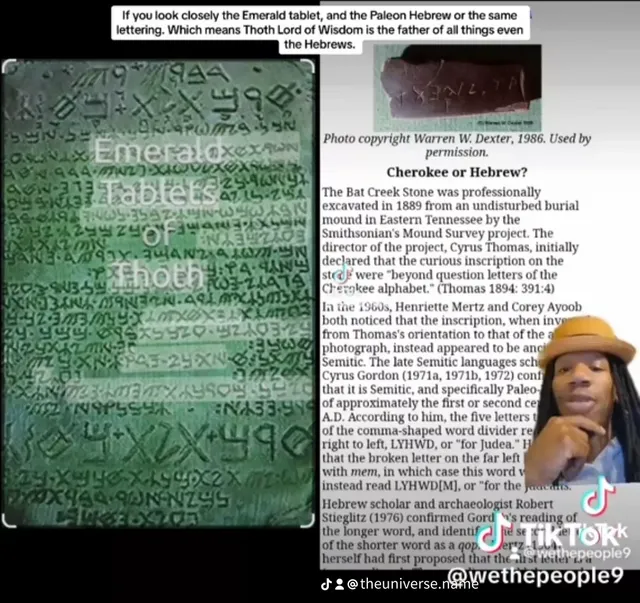
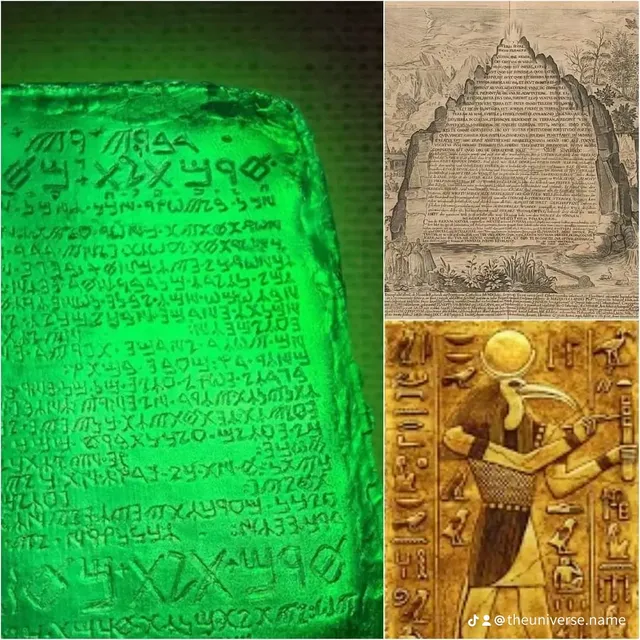
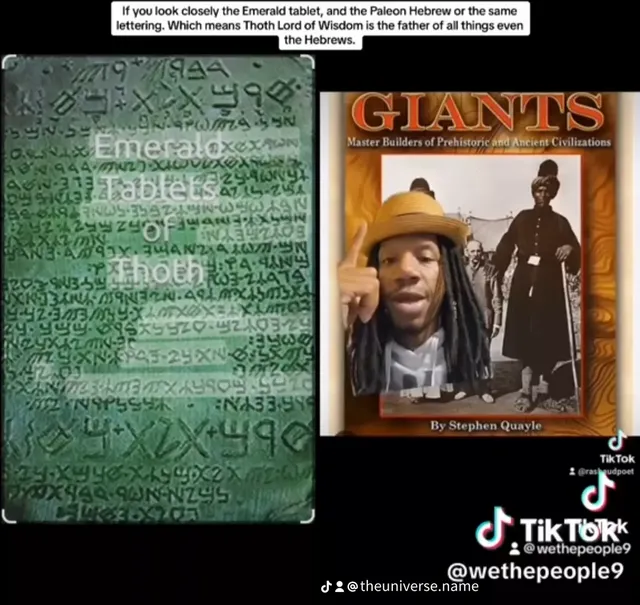
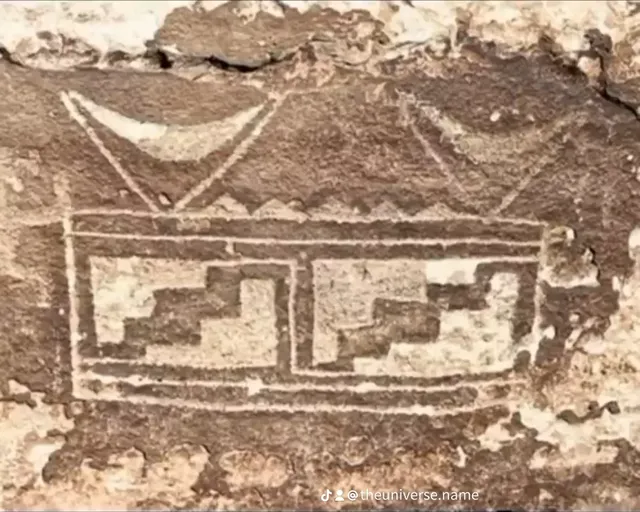
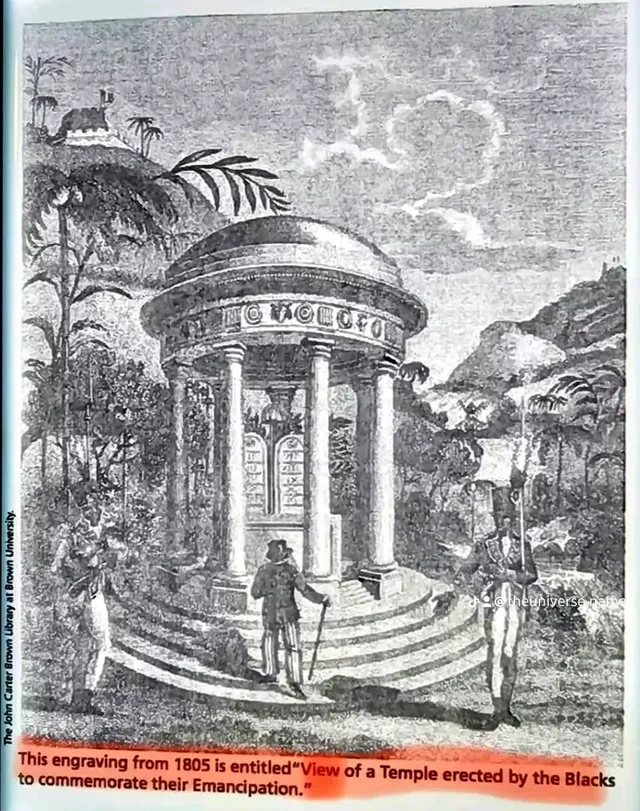
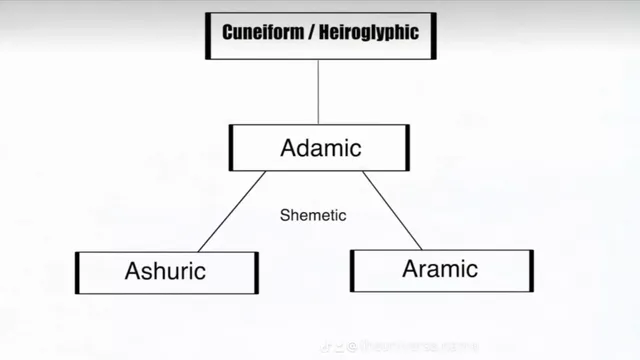
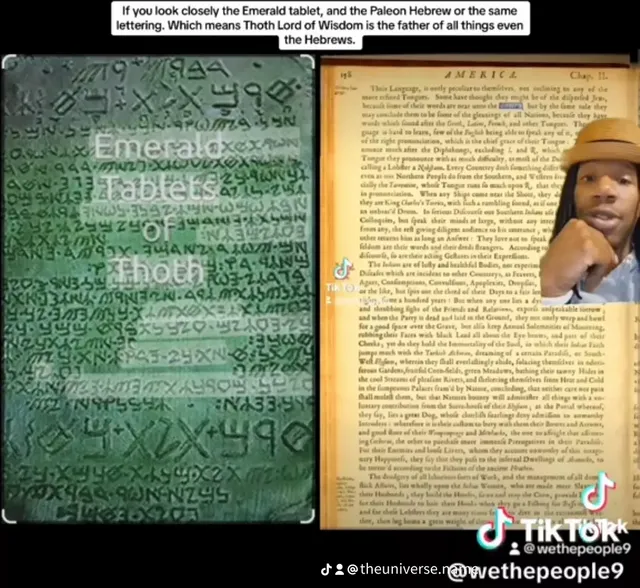
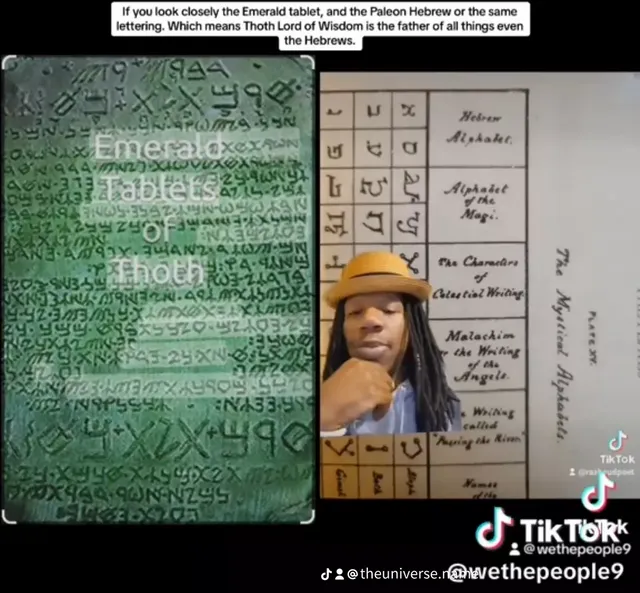
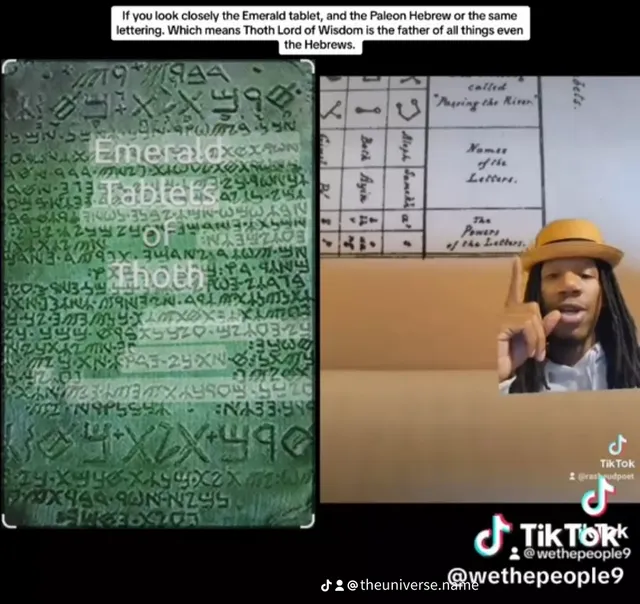
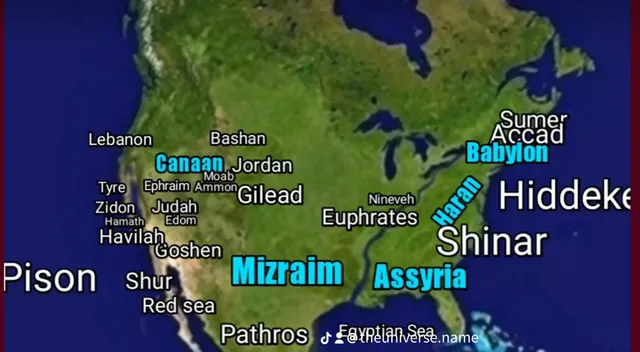
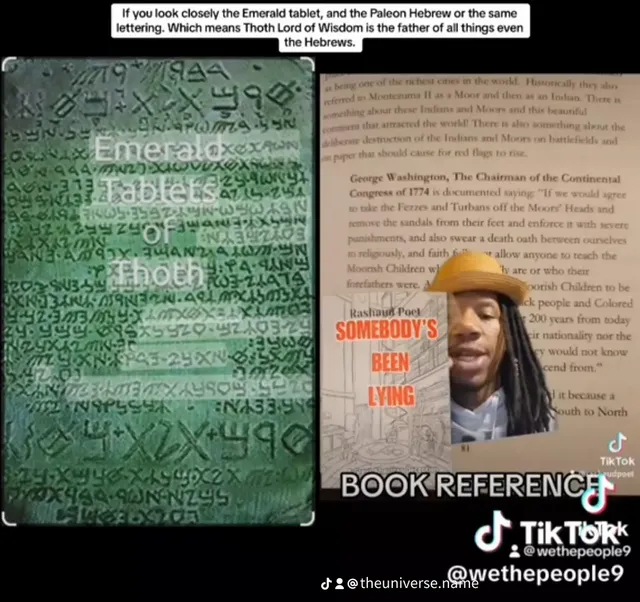
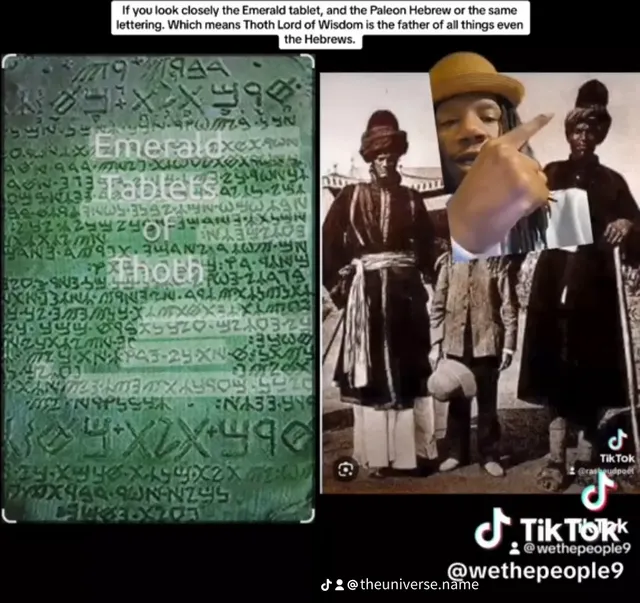
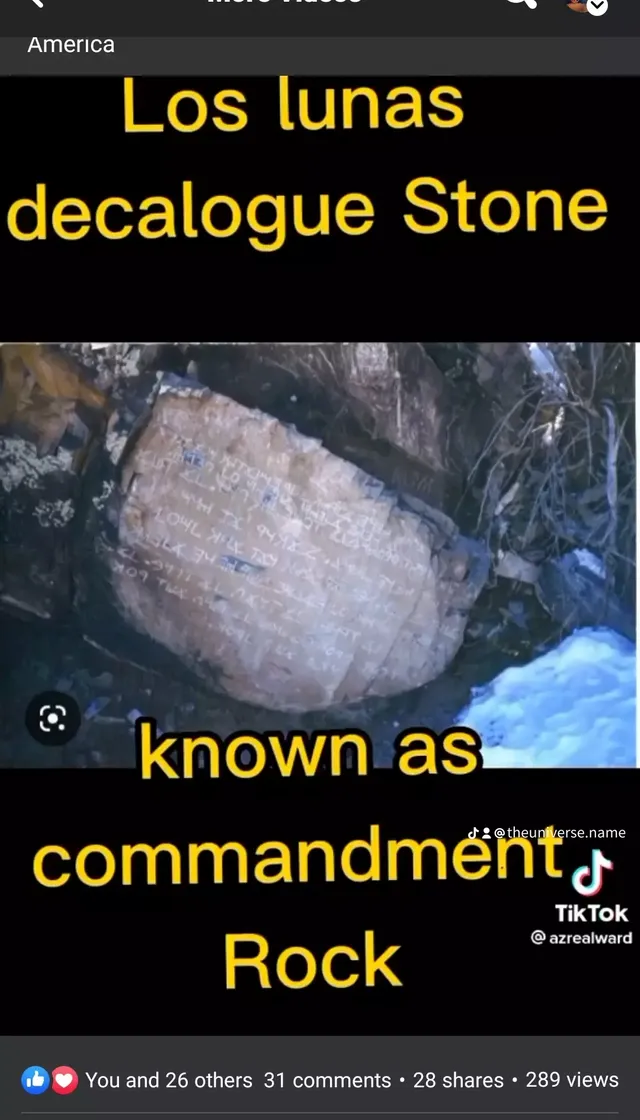
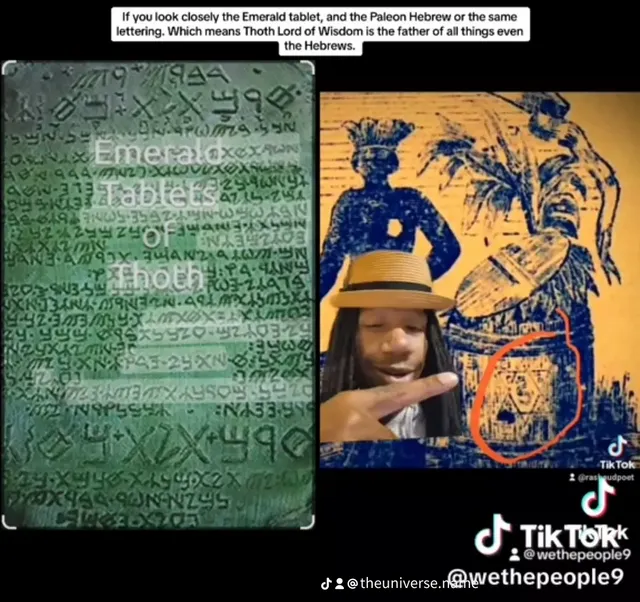
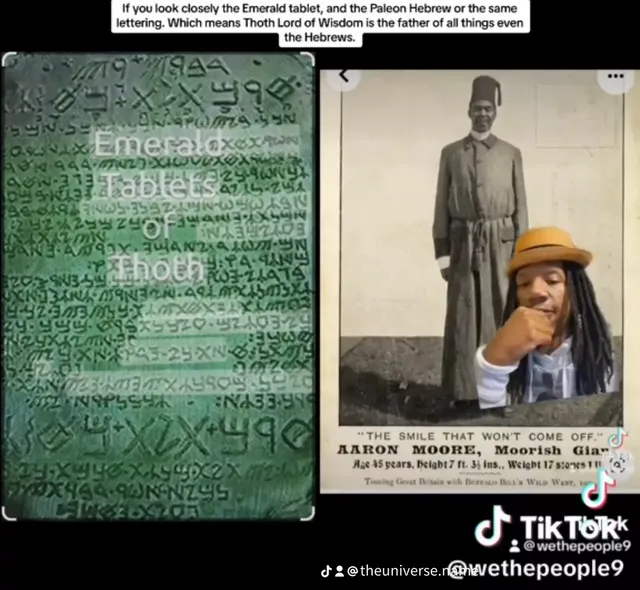
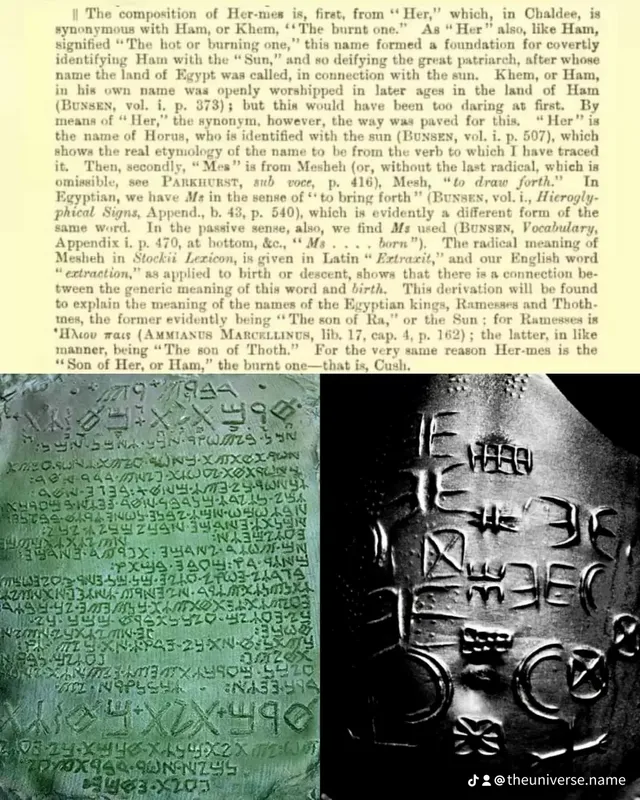

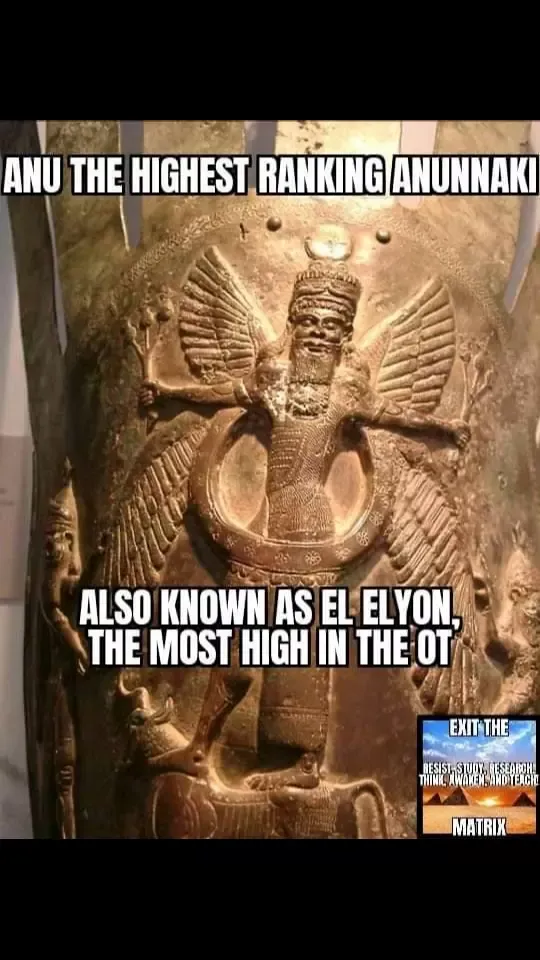
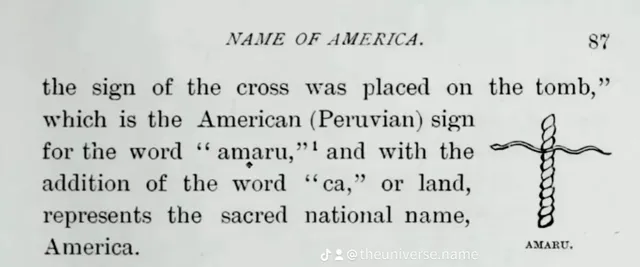
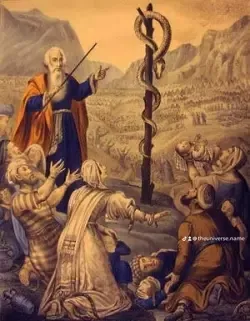
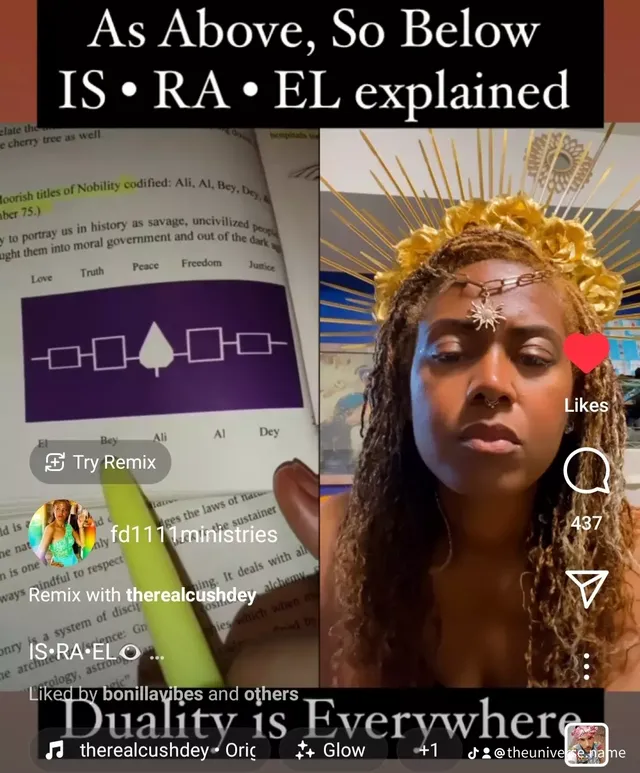
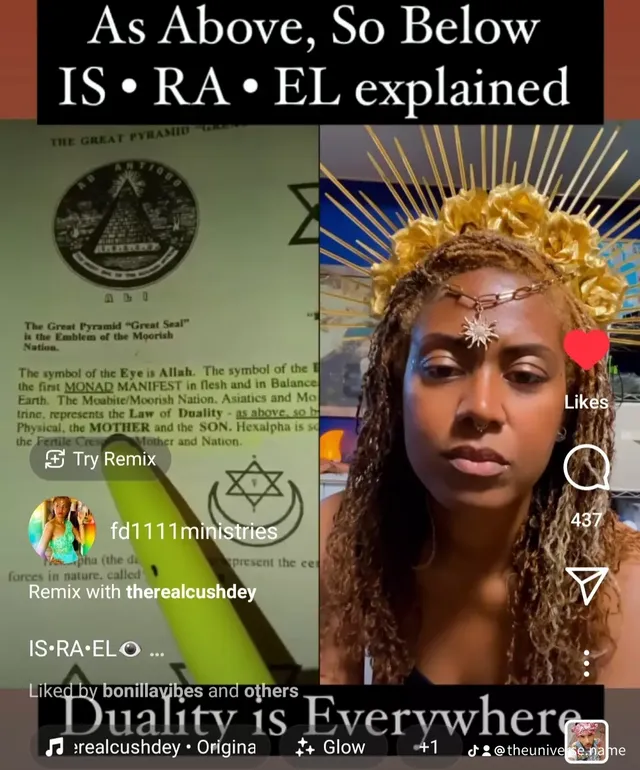
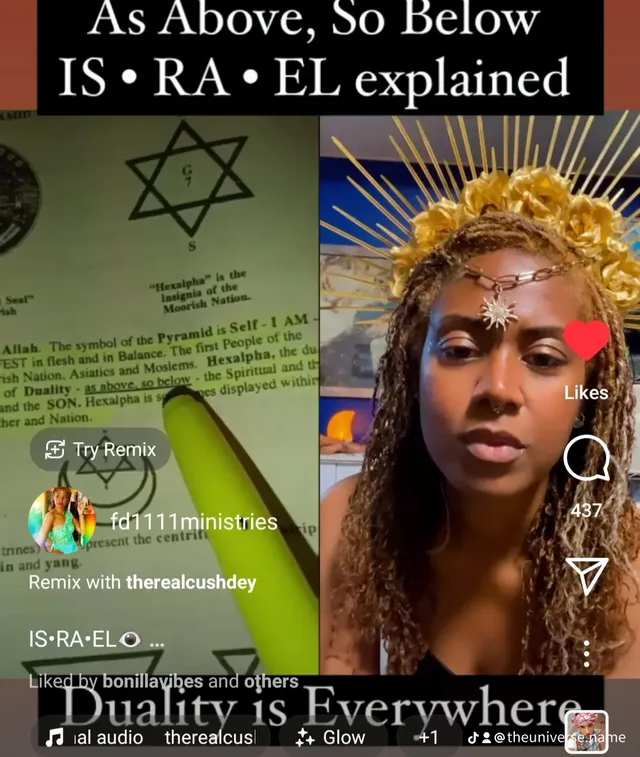
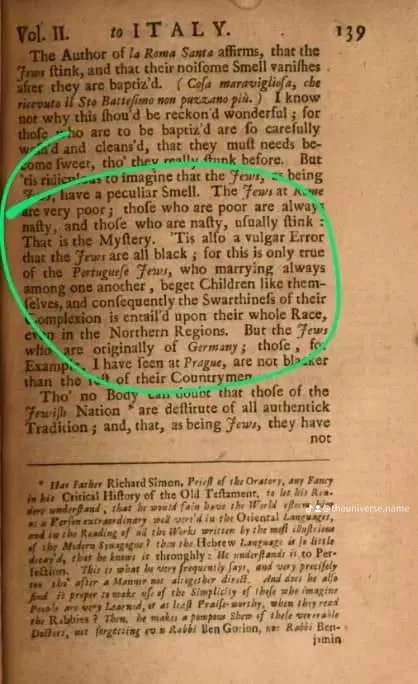
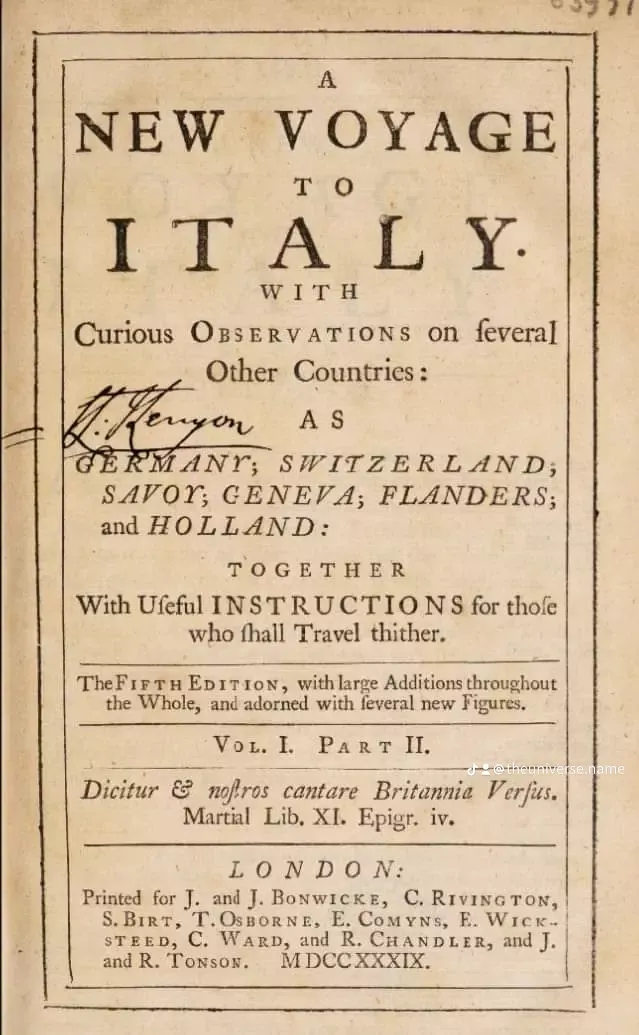
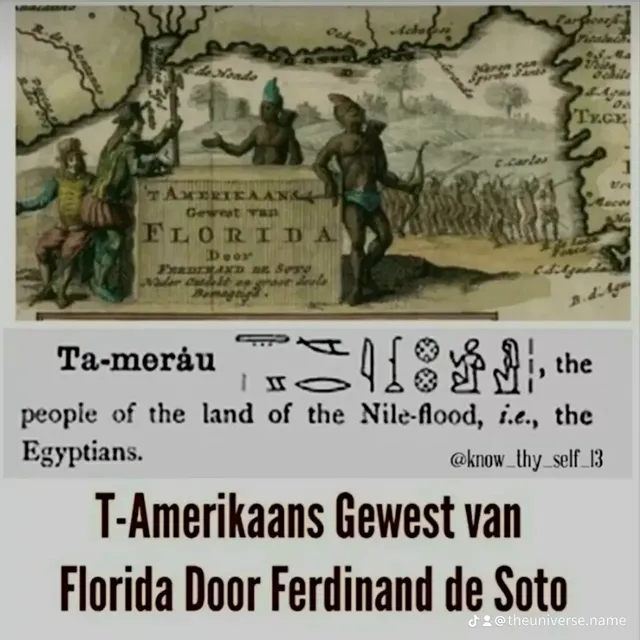
SUPPLEMENTARY
/ / / / / / / ○ \ \ \ \ \ \ \
SHEM HAM & JAPHETH
PIRKEI DE-RABBI ELIEZER
Wikipedia: "Pirkei de-Rabbi Eliezer (Jewish Babylonian Aramaic: פִּרְקֵי דְּרַבִּי אֱלִיעֶזֶר, romanized: pirqe də-rabbi ʾeliʿezer, 'Chapters of Rabbi Eliezer'; abbreviated פדר״א, 'PRE' is an aggadic-midrashic work of Torah exegesis and retellings of biblical stories. Traditionally, the work is attributed to the Tanna Rabbi Eliezer ben Hyrcanus and his school, but modern research suggests that the text is pseudepigraphic from the Geonic period of the eighth century, written in or near the Land of Israel."
Pirkei DeRabbi Eliezer 24:1
"Noah brought his sons and his grandsons, and he blessed them with their settlements, and he gave them as an inheritance all the earth. He especially blessed Shem and his sons, dark but comely, and he gave them the habitable earth. He blessed Ham and his sons, making them dark like the raven, and he gave them as an inheritance the coast of the sea. He blessed Japheth and his sons, entirely white, and he gave them for an inheritance the desert and its fields; these are the inheritances with which he endowed them."
/ / / / / / / ○ \ \ \ \ \ \ \
"Ancient Hebrews were the first repopulate America over 4,000 years ago. In fact, the main reason we are called Hebrew is because we were the first to relocate in America/Atlantisland after the flood!
Joshua 24:14-15
Now therefore fear the LORD, and serve him in sincerity and in truth: and put away the gods which your fathers served on the other side of the flood, and in Egypt; and serve ye the LORD. And if it seem evil unto you to serve the LORD, choose you this day whom ye will serve; whether the gods which your fathers served that were on the other side of the flood, or the gods of the Amorites, in whose land ye dwell: but as for me and my house, we will serve the LORD."
Via fb Ahmen Essence
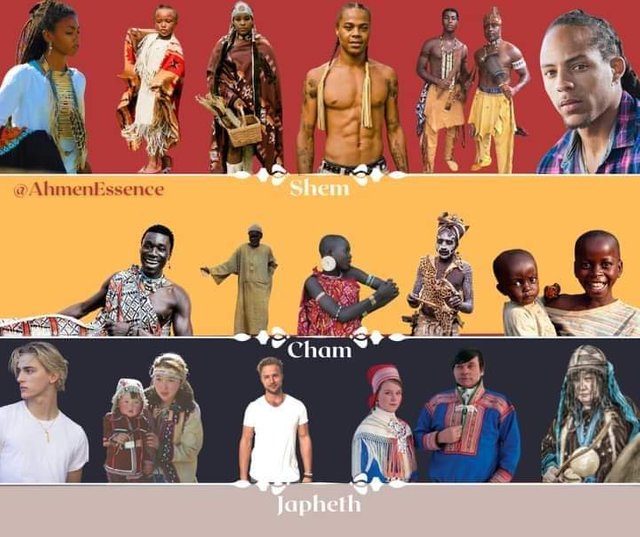
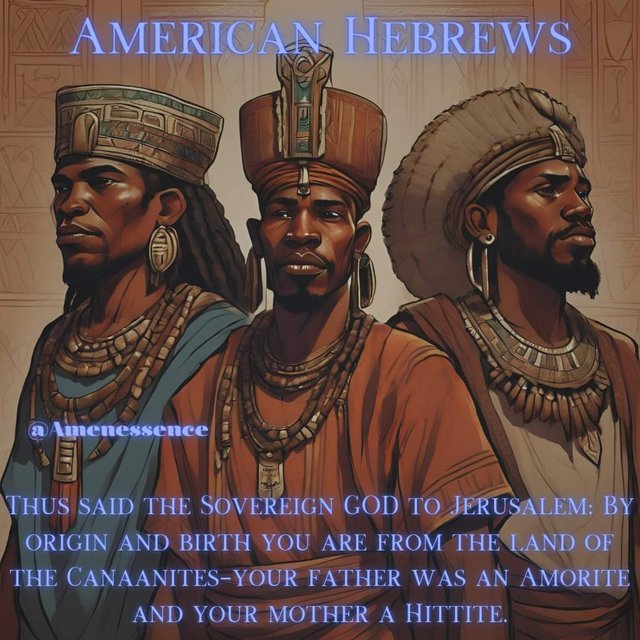
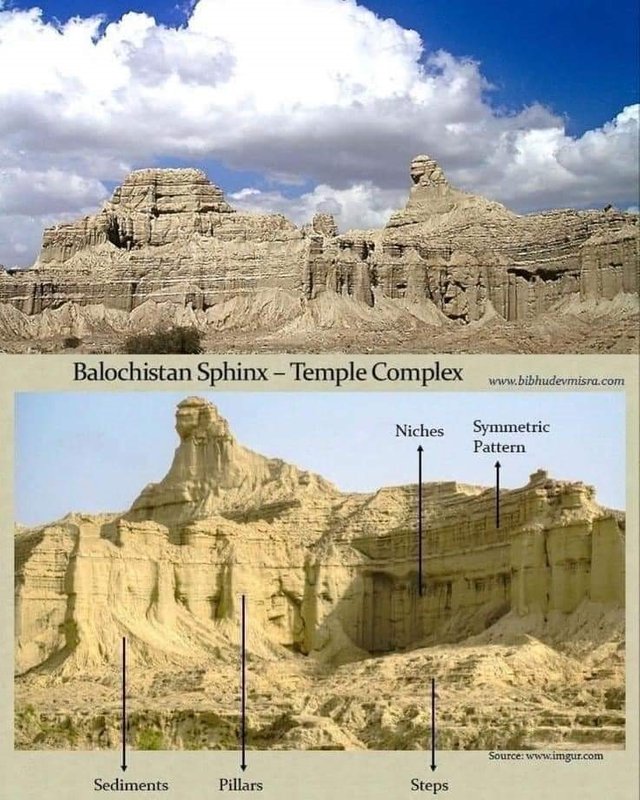
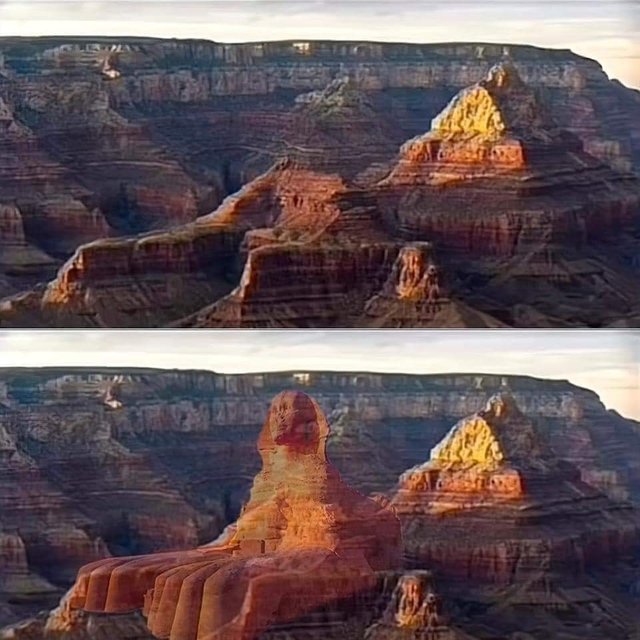
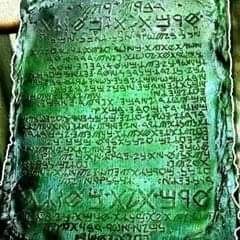
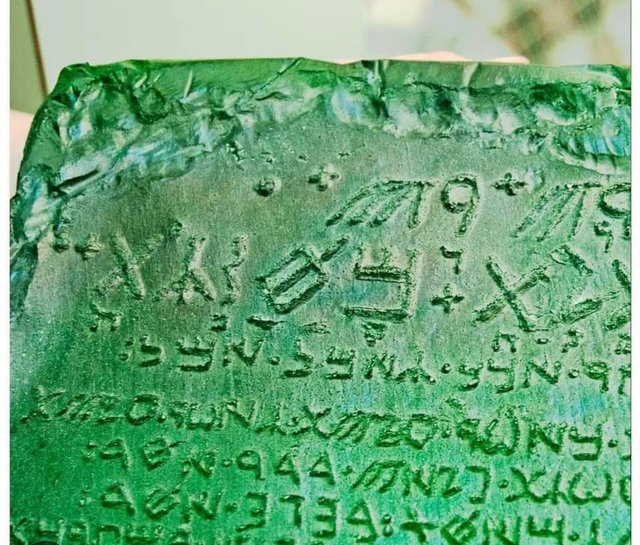
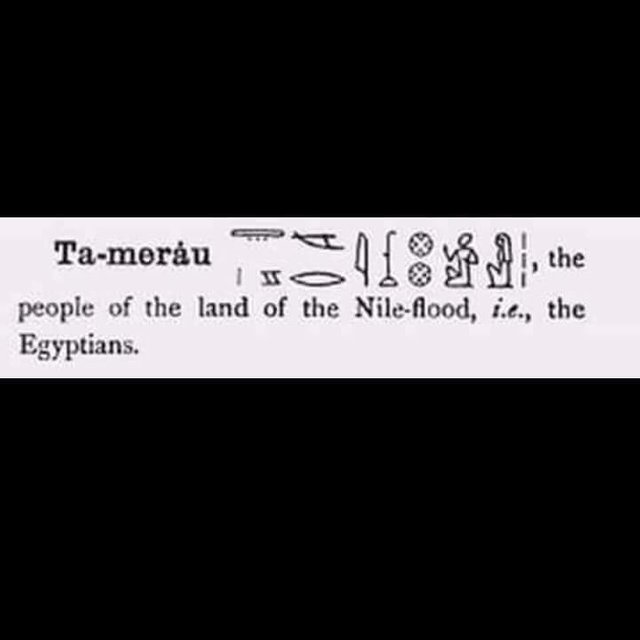
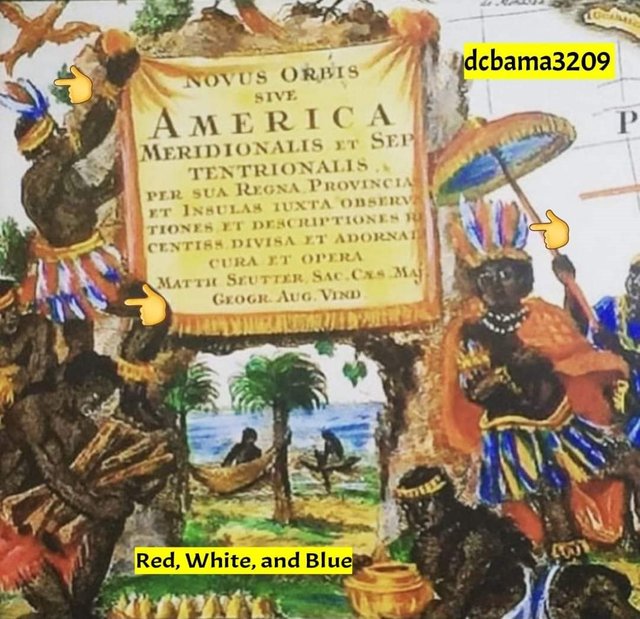
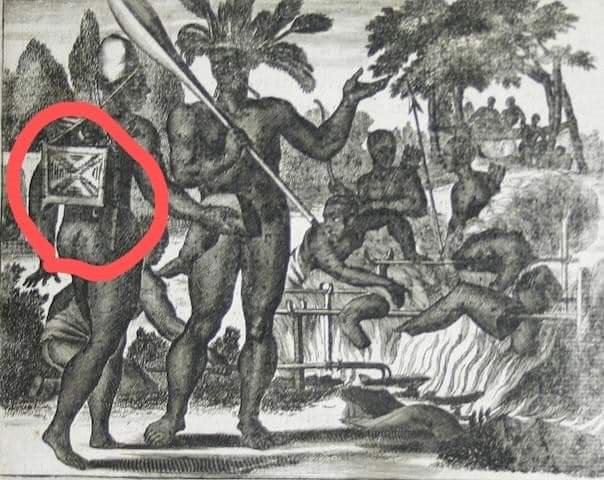
SUPPLEMENTARY
/ / / / / / / ○ \ \ \ \ \ \ \
CHEROKEE HEBREW &
JEWISH CONNECTION
The Paleo Hebrew IS Cherokee and Sequoyah's system of 19th century is a coverup of cultural appropriation. Ancient Hebrews from Phoenicia brought it over to Phoenicia ftom America. That's my theory. We have archeological evidence of paleo Hebrew in America and a weird story about making of Cherokee writing system by a single half white guy determined to teach the "savages" to write.
There is something fishy going on with Cherokee & Jewish connection on top of that. "Big Chief Rabbi: Why Cherokees could be Jewish" See link in comments. They say Cherokee didn't have a writing system until 1820s! The story is very suspicious... and I don't buy it, not with the Smithsonian being involved. There is a definite cover up happening with hogwash gaslighting. Here is the official story of how it happened.
CHEROKEE ALPHABET
Wikipedia: "Before the development of the Cherokee syllabary in the 1820s, Cherokee was an oral language only. The Cherokee syllabary is a set of written symbols invented by Sequoyah in the late 1810s and early 1820s to write the Cherokee language. His creation of the syllabary is particularly noteworthy in that he could not previously read any script. Sequoyah had some contact with English literacy and the Roman alphabet through his proximity to Fort Loudoun, where he engaged in trade with Europeans. He was exposed to English literacy through his white father. His limited understanding of the Latin alphabet, including the ability to recognize the letters of his name, may have aided him in the creation of the Cherokee syllabary.
When developing the written language, Sequoyah first experimented with logograms, but his system later developed into a syllabary. In his system, each symbol represents a syllable rather than a single phoneme; the 85 (originally 86) characters in the Cherokee syllabary provide a suitable method to write Cherokee. Some typeface syllables do resemble the Latin, Greek, and even the Cyrillic scripts' letters, but the sounds are completely different (for example, the sound /a/ is written with a letter that resembles Latin D).
Around 1809, Sequoyah began work to create a system of writing for the Cherokee language. At first he sought to create a character for each word in the language. He spent a year on this effort, leaving his fields unplanted, so that his friends and neighbors thought he had lost his mind. His wife is said to have burned his initial work, believing it to be witchcraft. He finally realized that this approach was impractical because it would require too many pictures to be remembered. He then tried making a symbol for every idea, but this also caused too many problems to be practical.
Sequoyah did not succeed until he gave up trying to represent entire words and developed a written symbol for each syllable in the language. After approximately a month, he had a system of 86 characters. "In their present form, [typeface syllabary not the original handwritten Syllabary] many of the syllabary characters resemble Roman, Cyrillic, or Greek letters, or Arabic numerals," says Janine Scancarelli, a scholar of Cherokee writing, "but there is no apparent relationship between their sounds in other languages and in Cherokee."
Unable to find adults willing to learn the syllabary, he taught it to his daughter, Ayokeh (also spelled Ayoka). Langguth says she was only six years old at the time. He traveled to the Indian Reserves in the Arkansas Territory where some Cherokees had settled. When he tried to convince the local leaders of the syllabary's usefulness, they doubted him, believing that the symbols were merely ad hoc reminders. Sequoyah asked each to say a word, which he wrote down, and then called his daughter in to read the words back. This demonstration convinced the leaders to let him teach the syllabary to a few more people. This took several months, during which it was rumored that he might be using the students for sorcery. After completing the lessons, Sequoyah wrote a dictated letter to each student, and read a dictated response. This test convinced the western Cherokees that he had created a practical writing system.
When Sequoyah returned east, he brought a sealed envelope containing a written speech from one of the Arkansas Cherokee leaders. By reading this speech, he convinced the eastern Cherokees also to learn the system, after which it spread rapidly. In 1825 the Cherokee Nation officially adopted the writing system. From 1828 to 1834, American missionaries assisted the Cherokees in using Sequoyah's original syllabary to develop typeface syllabary characters and print the Cherokee Phoenix, the first newspaper of the Cherokee Nation, with text in both Cherokee and English.
In 1826, the Cherokee National Council commissioned George Lowrey and David Brown to translate and print eight copies of the laws of the Cherokee Nation in the new Cherokee language typeface using Sequoyah's system, but not his original self-created handwritten syllable glyphs."
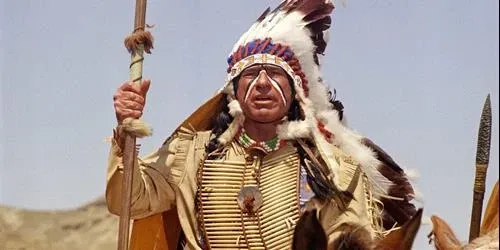
Big Chief Rabbi:
Why Cherokees could be Jewish
https://www.thejc.com/news/world/big-chief-rabbi-why-cherokees-could-be-jewish-ojfv0jkf
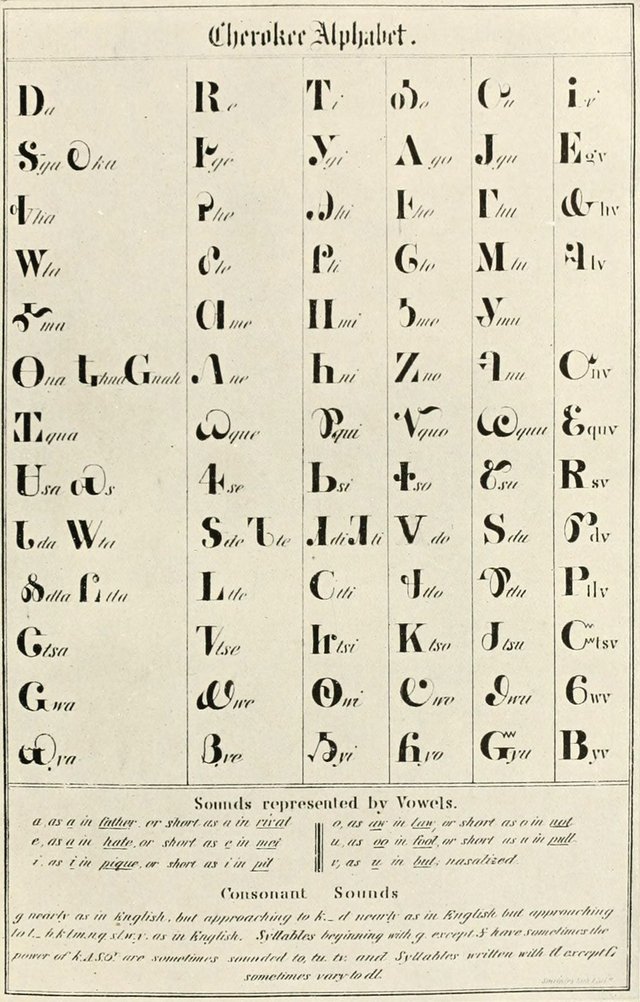
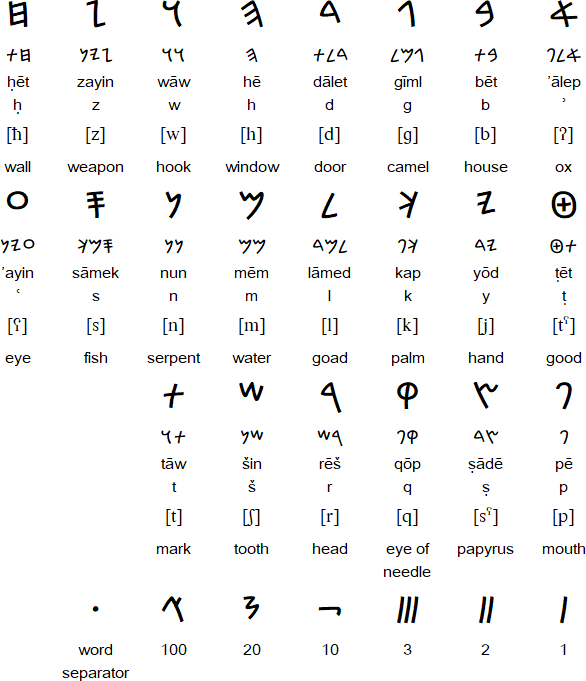
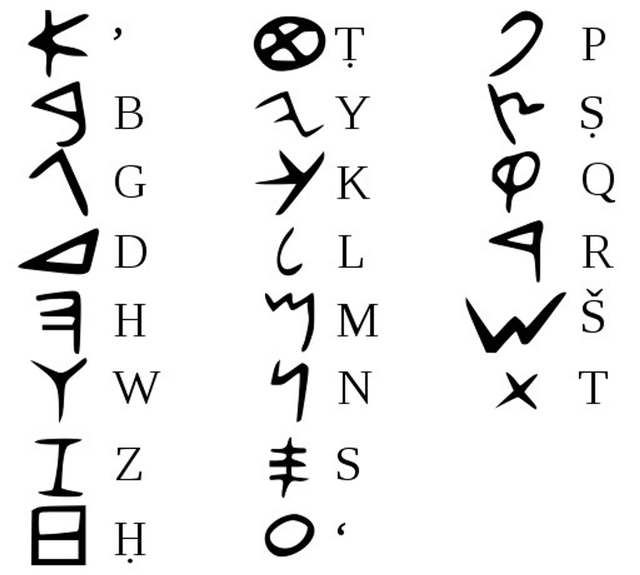
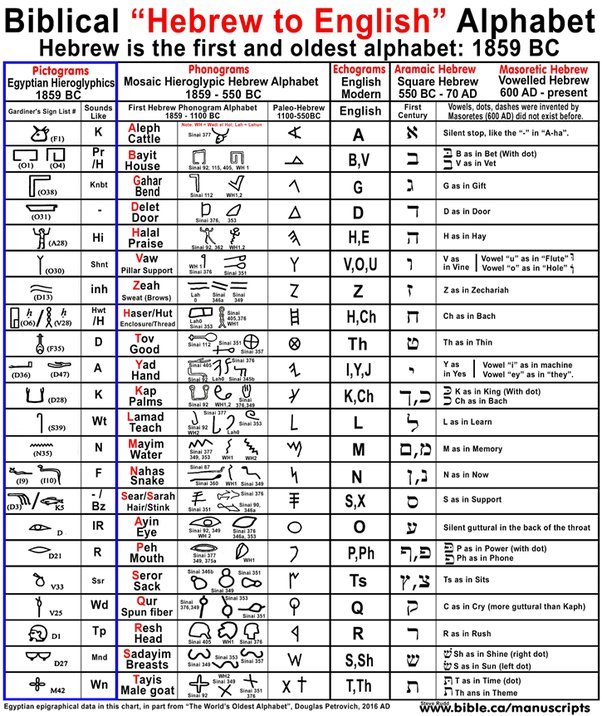
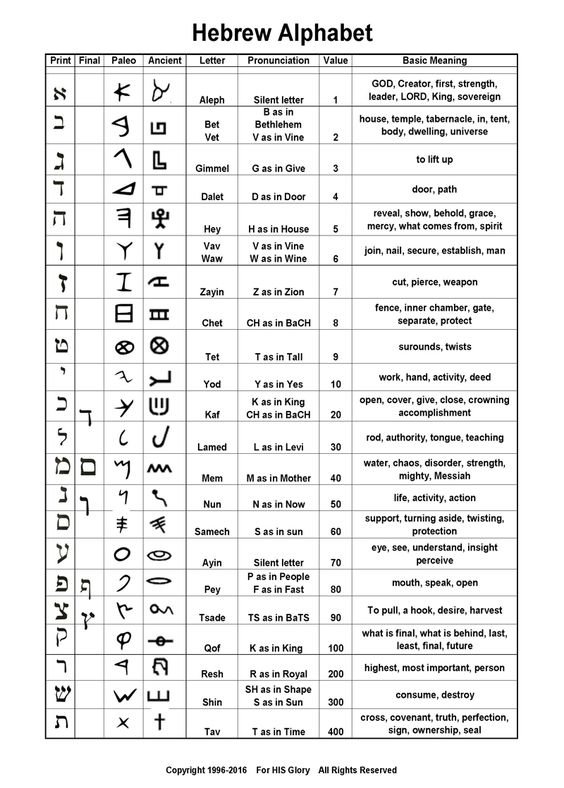
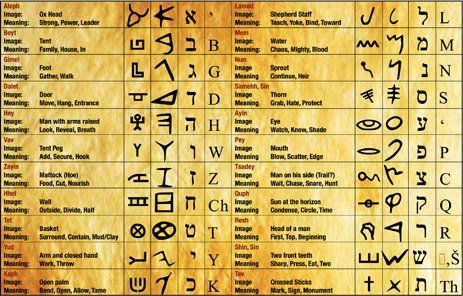
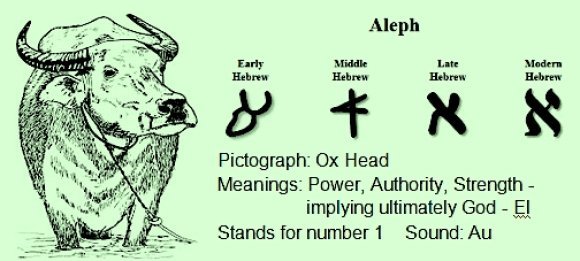


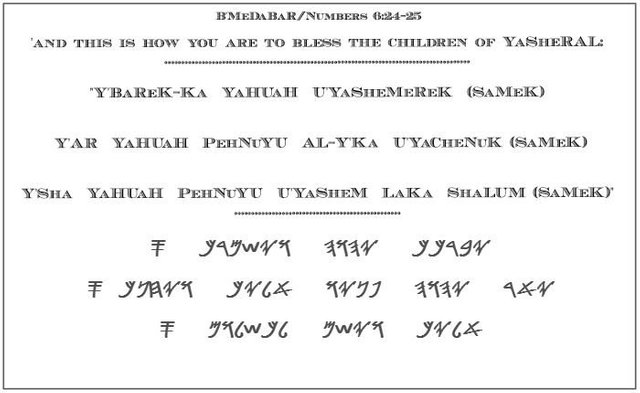
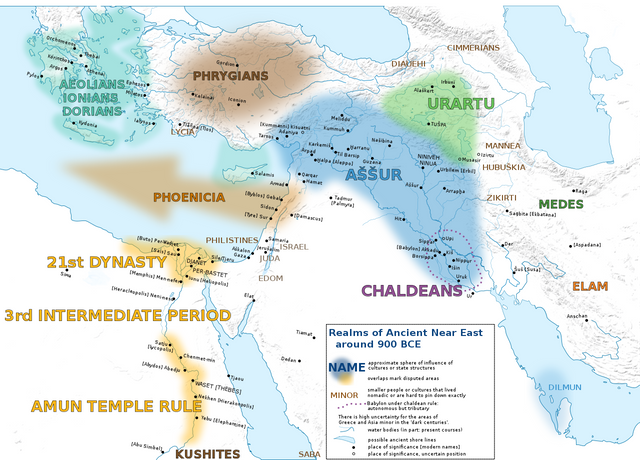
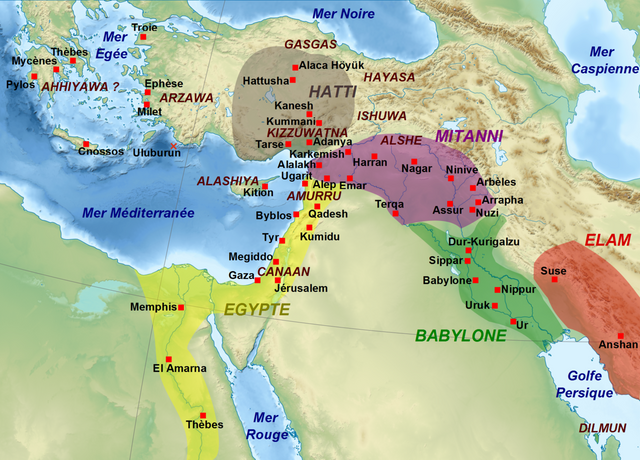
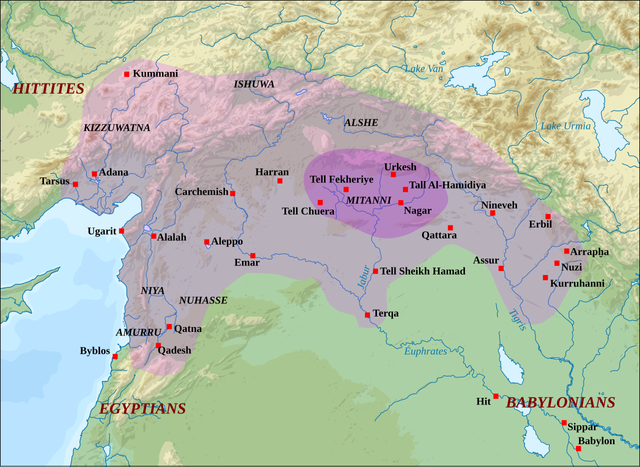
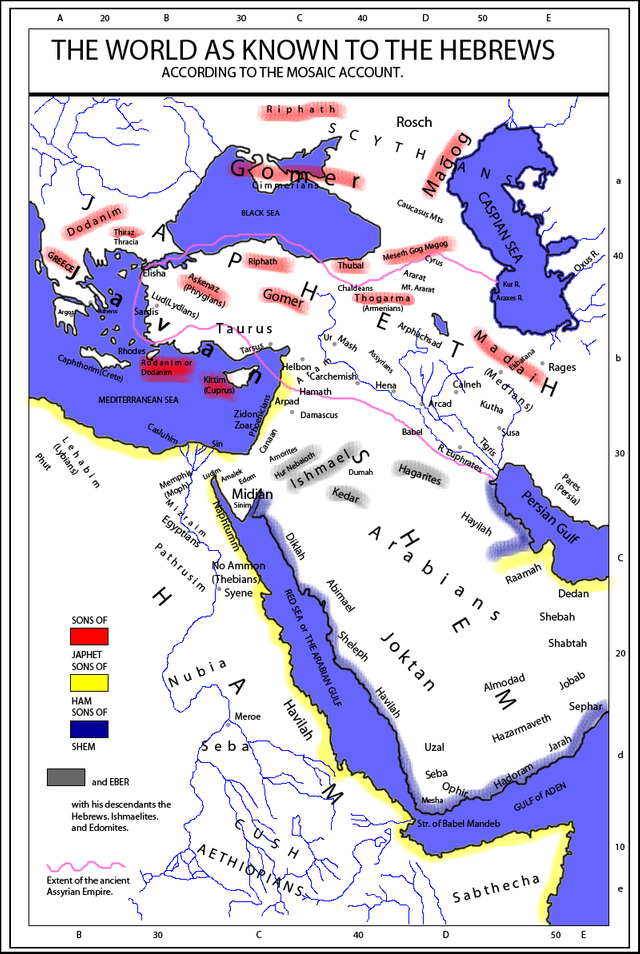
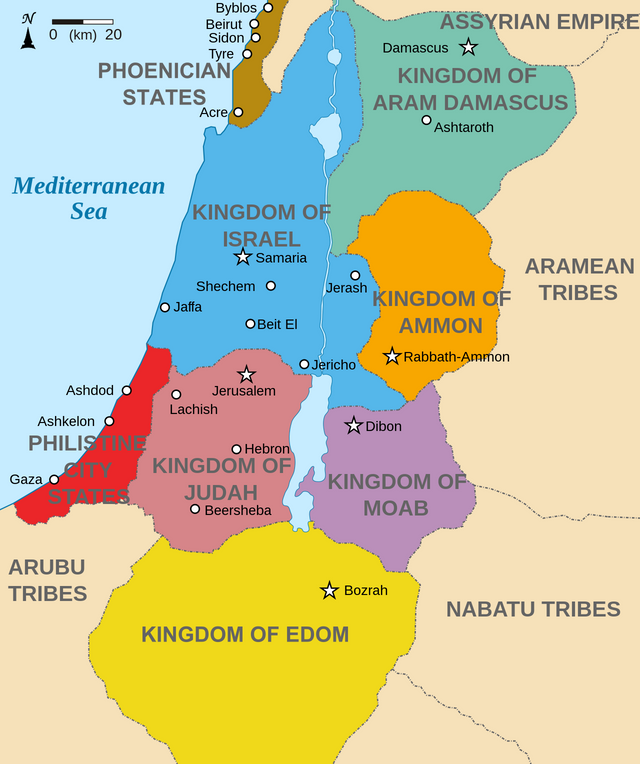
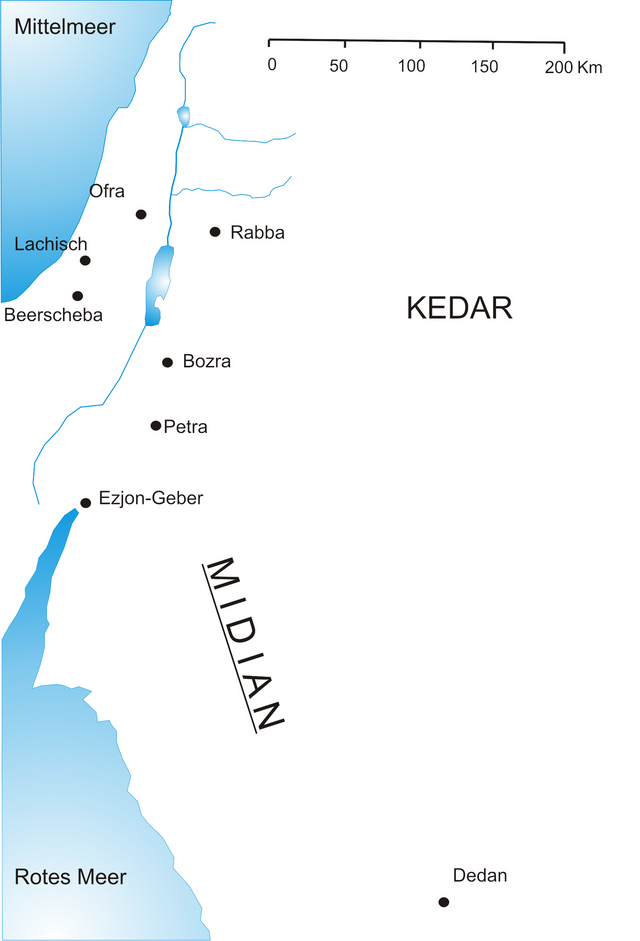
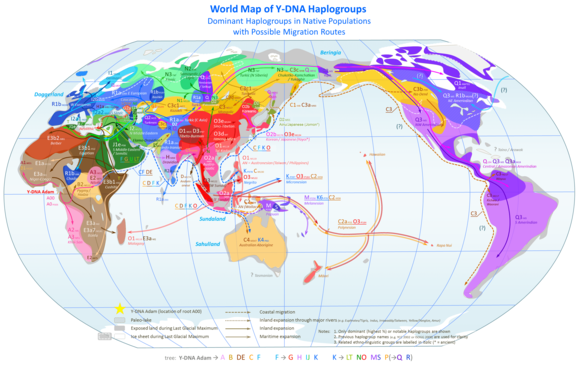
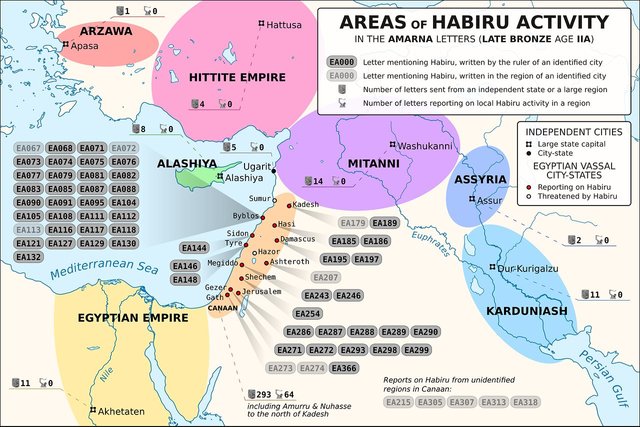
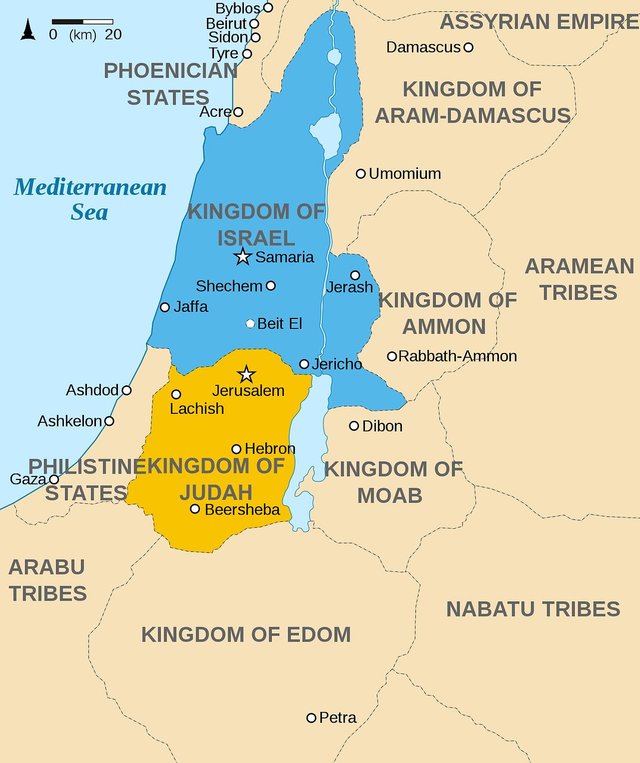
https://en.m.wikipedia.org/wiki/Cherokee_language
/ / / / / / / ○ \ \ \ \ \ \ \
THE OCTOPUS CULT
The followers of the heretic king Akhenaten (Moses), according to Sigmund Freud Moses was a priest of Akhenaten while author Ahmed Osman thinks the infamous heretic king Akhenaten was the prototype for later biblical Moses, along with his entourage of consisting of Persian "Jews" who are a combination of Indo-Aryan Medians, started by arriving to that area parties from conquered by the same people the city of Athens, the Midianites who smelted copper and mined turquoise at Sinai desert, the Mitannis, the Hurrians, the Hittites and Haties, as well as the Akkadians and whatnot Canaanite Phoenicians and Philistines who have joined in the rebellion, have left Egypt around 830 BC, going back to Sinai and taking over the Phoenician coast of Canaan.
The two biggest tribes Manasseh and Dan have crossed the Mediterranean starting Macedonia with subsequent conquests by Alexanderthe Great, others became Vikings moving to North Europe, Kievan Rus, and North America, while others have colonized Mycenae Greece, with the main party led by Akhenaten departed to colonize America.
The Trojan wars happened in around 750 BCE not 1250 BCE, five centuries were added, according to Emmanuel Velikovsky, to the timeline to push events farther back in their story, the colonizers that is. Hence the image of octopus with its tentacles became their symbol and still to this day is used by the Illuminati Khazarian Ashkenazi central banking mafia.
"According to Pausanias, Tenea's founders were Trojan prisoners of war whom Agamemnon had allowed to build their own town. The name Tenea is styled upon Tenedos, the founders' home town, whose mythological eponym was the hero Tenes. Tenea and Rome, according to Virgil's Aeneid, had in the years following the Trojan War produced citizens of Trojan ancestry. Under the leadership of Archias in 734 or 733 BC, Teneans and Corinthians established the joint colony of Syracuse in Sicily, the homeland of Archimedes."
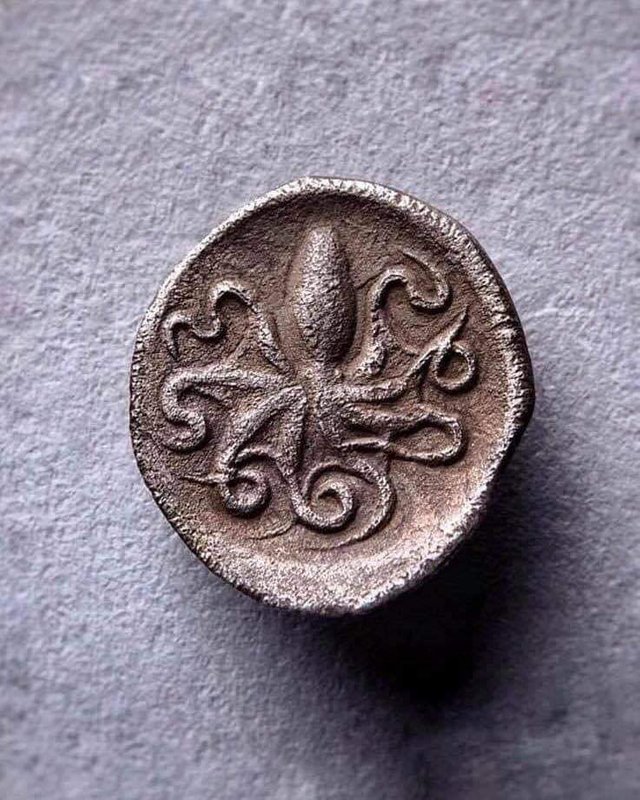
Silver coin from Syracuse from around 466 BCE. Photo via fb American Institute of the Humanities
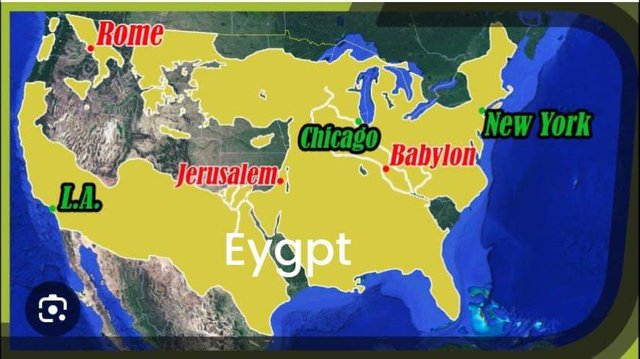
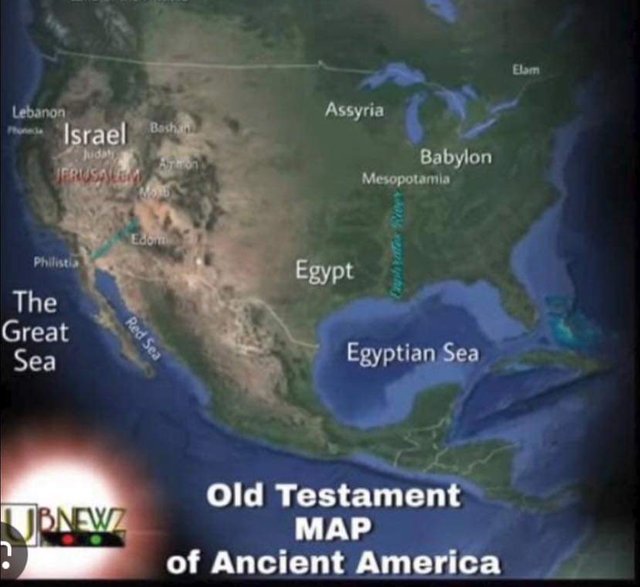
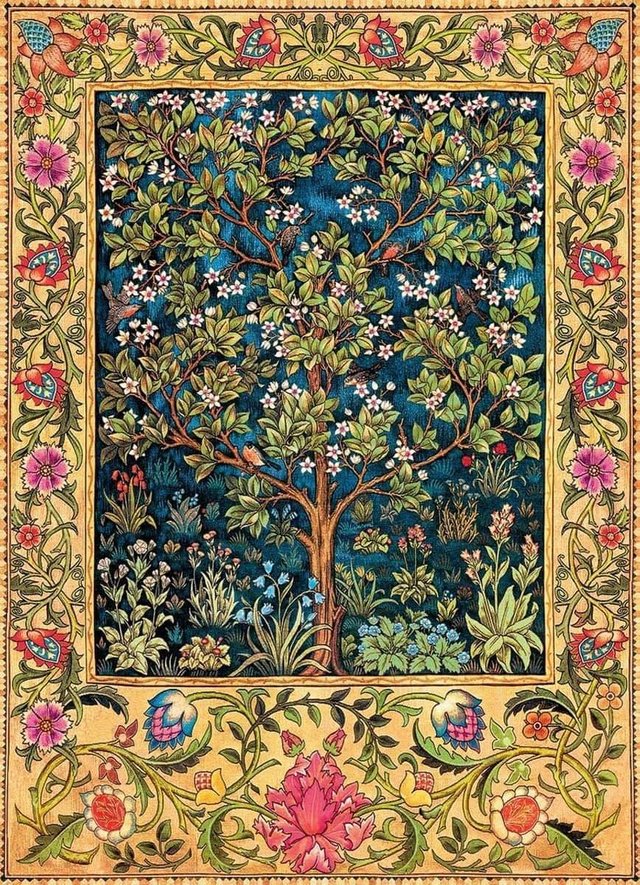
"Tree of Life" (1879)
by William Morris
"William Morris was an English textile designer, poet, artist, writer, and socialist activist associated with the British Arts and Crafts movement. He was a major contributor to the revival of traditional British textile arts and methods of production.
Born: March 24, 1834, Walthamstow, United Kingdom
Died: October 3, 1896 (age 62 years), Hammersmith, London, United Kingdom
Periods: Arts and Crafts movement, Pre-Raphaelite Brotherhood
Spouse: Jane Morris (m. 1859–1896)
Influenced by: John Ruskin, Peter Kropotkin, William James Linton
On view: Victoria and Albert Museum, The Museum of Fine Arts, Houston" via fb The Art Portal
♡
_ \ \ | / / _
https://steemit.com/jewish/@theuniverse.name/the-jewish-roots
♡
_ \ \ | / / _